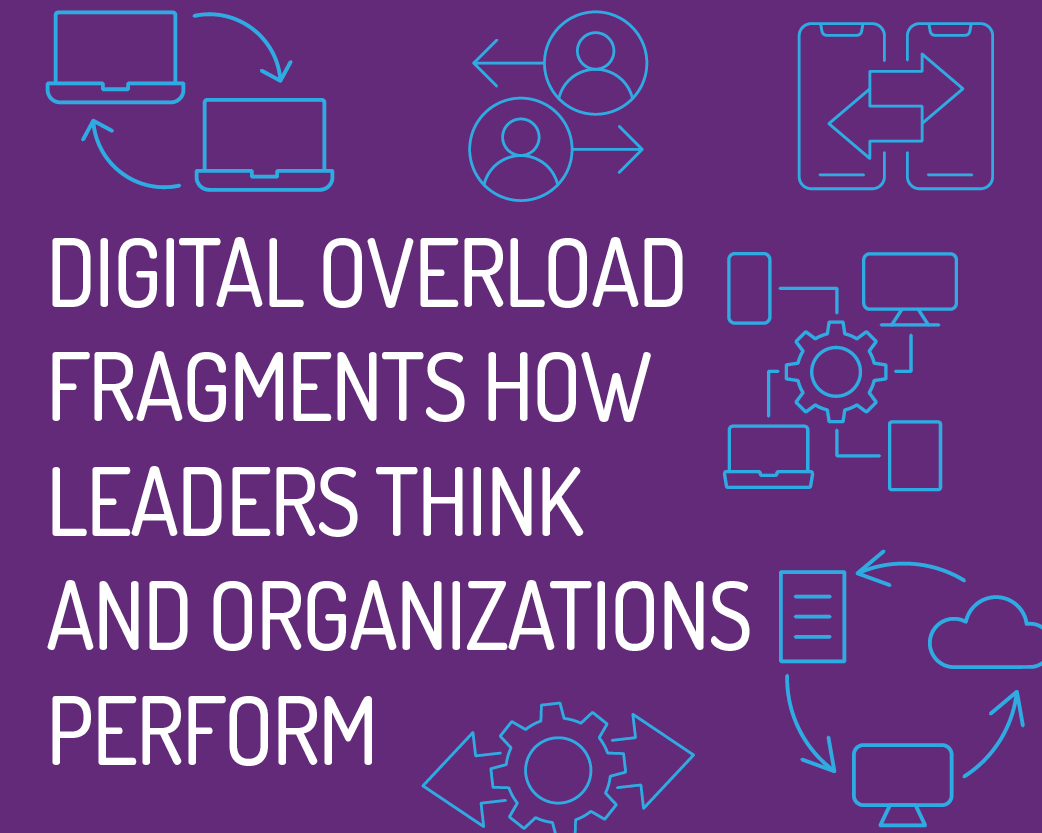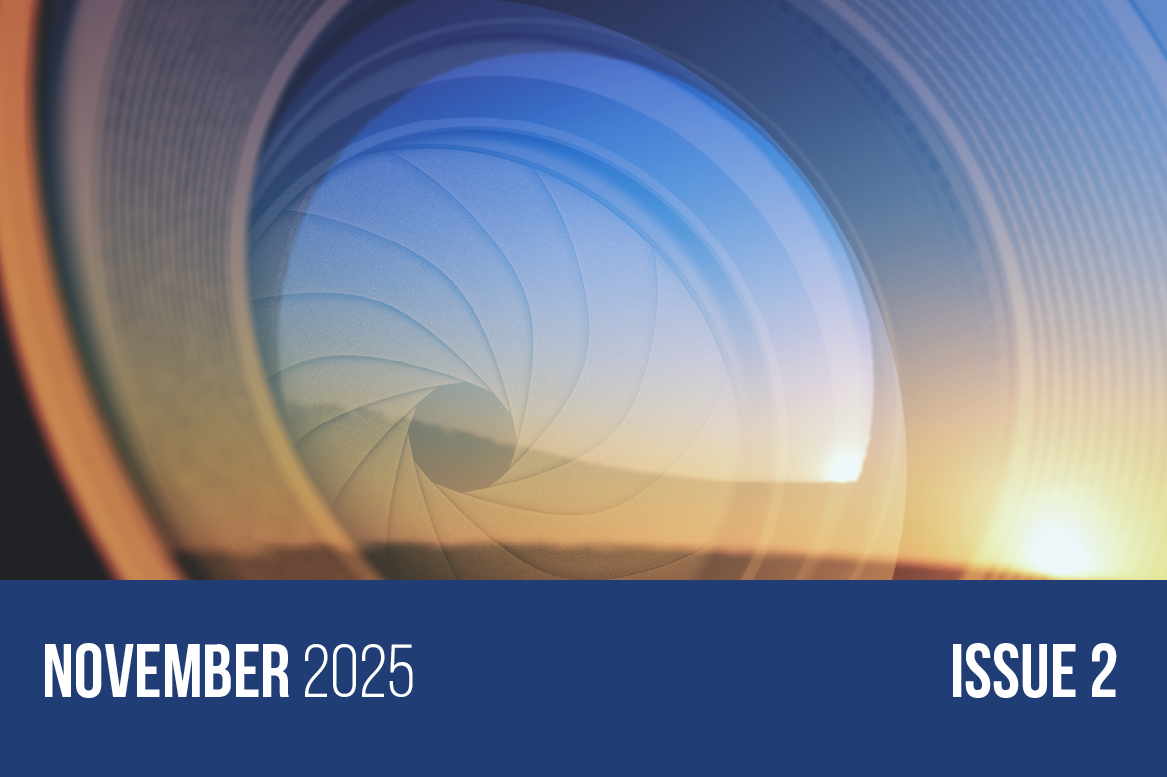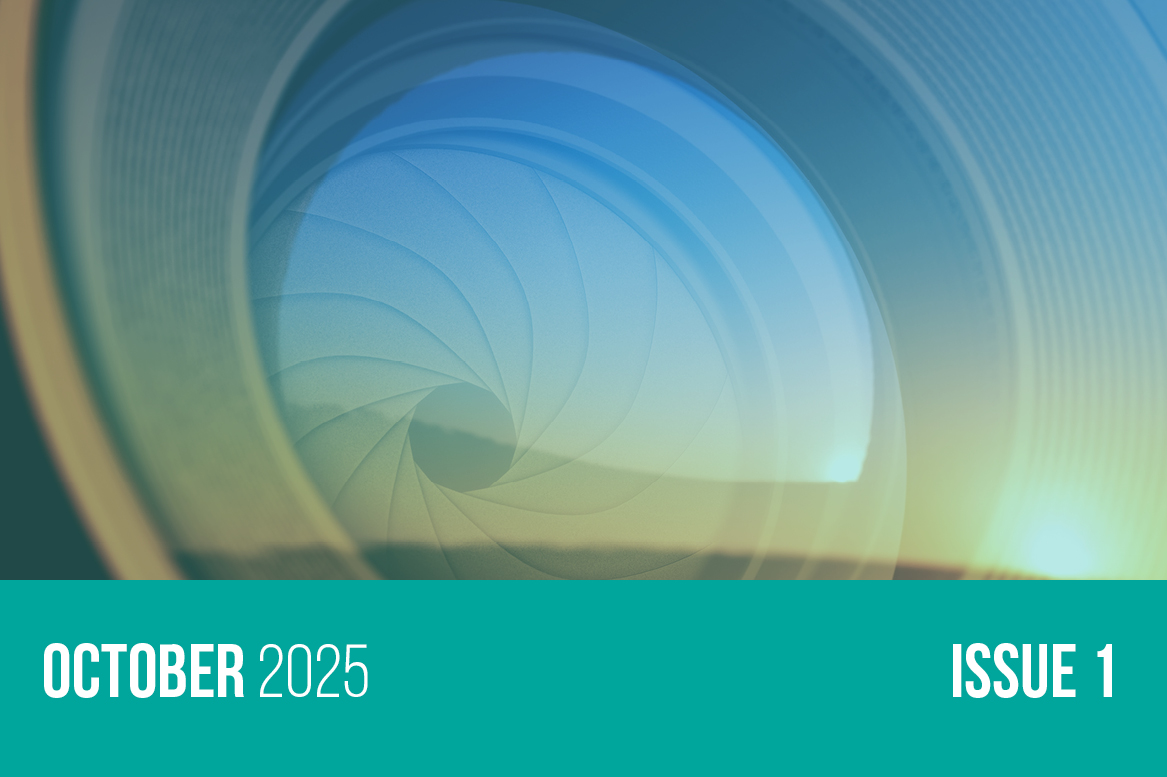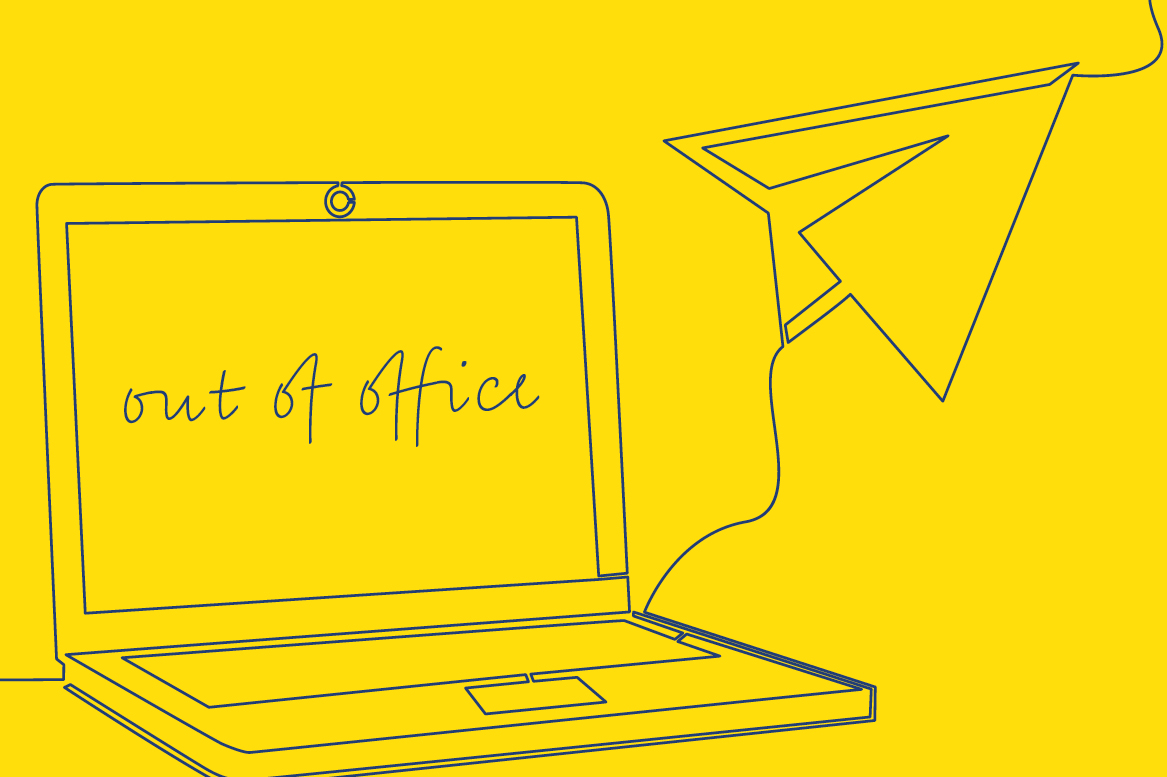
In an age defined by acceleration, leadership is becoming less about keeping pace and more about staying grounded. This month, we explore three human factors reshaping performance: why emotional health is emerging as an organizational metric, how trust is becoming the true system of adaptability in an AI-driven world, and why stepping back from digital noise is the new discipline of focus.
Each story isn’t just a headline—it’s a view worth bringing into focus.
November 2025 / Issue 2
Emotional Health Is the Hidden Pulse of Performance
Gallup’s latest global data reveals a clear link: when anger and sadness rise, peace and wellbeing decline. While the report tracks nations, the signal is deeply relevant for organizations. Emotional health isn’t just a personal concern—it’s an organizational one. It’s the pulse of how people experience work, leadership, and each other.
The leadership perspective: Leaders often look to data from scores, rates and trends for answers—but emotion is the data that speaks first. Frustration, fatigue, or withdrawal inside teams are indicators that trust is thinning and connection is fading. Gallup’s findings remind us that emotional undercurrents shape the stability and resilience of every system—whether that system is a country or a company.
Why it’s worth zooming in: When emotional wellbeing deteriorates, performance follows. People stop bringing energy to their work. Collaboration becomes cautious. Small stressors start to feel insurmountable. The cost isn’t just burnout—it’s the erosion of belief and belonging. The emotional state of your people predicts the quality of your organization’s future.
How leaders can sharpen focus: Emotional health is becoming a leadership metric. The best organizations aren’t just tracking results—they’re paying attention to the emotional signals underneath them. Stress, silence, or fatigue often show up before disengagement or attrition. Leaders who stay close to that data build trust and lead with steadier judgment. The work isn’t to manage emotion out of the system, but to create the conditions where calm, clarity, and connection can take root—and make performance more sustainable.
Leading Through the Unease of AI
AI is transforming how organizations learn, decide, and lead—and doing so faster than most leadership models can adapt. Harvard’s 2025 Global Leadership Development Study found that 71% of leaders say they must improve their ability to function amid constant change and uncertainty, while nearly half are prioritizing upskilling their teams to use AI. Beneath those numbers lies a deeper concern: people quietly wondering whether AI will replace them—or redefine what makes their work valuable.
The leadership perspective: That tension is now one of the most important leadership challenges of the decade. When fear of replacement goes unspoken, it erodes trust and slows learning. Leaders who treat AI as a performance project miss the point—it’s a culture moment. The question employees are asking isn’t “How do I use AI?” It’s “Do I still matter?”
Why it’s worth zooming in: AI will change the shape of work, and in some cases that means roles will evolve or no longer exist. The real disruption isn’t the technology, it’s when leaders avoid naming that reality. People can handle hard news; what is harder to handle is silence. Organizations that navigate this moment well offer clarity, not guarantees. They acknowledge what’s shifting, validate the uncertainty, and help people build the skills and confidence needed for what comes next.
How leaders can sharpen focus: Many organizations are investing in AI capability and the best ones are investing in continuing to build trust as well. As technology reshapes roles, trust becomes the real performance system—the thing that allows people to connect, learn fast, and move confidently amid uncertainty. Leaders can’t outsource that work. It starts by naming what’s changing and reconnecting people to purpose: Why are we doing this, and what will it make possible? When teams trust their leaders and each other, they stop fighting change and start shaping it.
The Cognitive Cost of Constant Connection
According to Forbes, today’s hyper-connected world floods leaders with constant notifications, virtual meetings, and email overload—demands that carry real cognitive costs by straining clarity, creativity, and decision-making. As Forbes notes, digital overload isn’t just exhausting—it’s fragmenting how leaders think and organizations perform.
The leadership perspective: This is no longer about productivity. It’s about presence. When leaders are always on, reflection disappears. Quick reactions replace thoughtful judgment, and people start to confuse activity with progress. The same tools designed to connect us can quietly erode collaboration when attention becomes scattered.
Why it’s worth zooming in: Teams take cues from leaders. When leaders are stretched thin and distracted, culture speeds up—but not forward. Meetings multiply, creativity shrinks, and strategy becomes surface-level. Protecting attention isn’t a personal luxury; it’s now an organizational capability.
How leaders can sharpen focus: You can’t outpace digital noise, but you can step outside it. The best leaders build intentional pauses into their rhythm—moments where thought isn’t rushed and perspective can reset. In our work with leadership teams, clarity often returns not through more effort, but through deliberate stillness.
Digital detox doesn’t mean disappearing. It means designing recovery into the system of work—protected thinking time, offline strategy sessions, even retreats that trade bandwidth for presence. When leaders model that discipline, teams follow. Focus becomes contagious.








